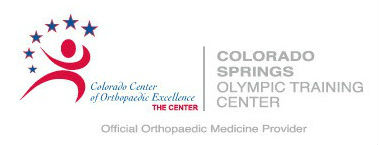Tennis elbow is a painful condition that can affect the elbow of anyone who does any activity that puts the elbow joint under repeated stress. It is very common, and contrary to its name, it doesn’t just affect tennis players. In fact, playing instruments like the violin can cause symptoms of tennis elbow.
Although the condition usually affects more people in their forties and fifties, it can come on at any time—especially if you don’t take adequate rest after exercising or practicing. In this short article, we will take a closer look at what tennis elbow is and what to do if you start noticing symptoms.

Causes
Tennis elbow usually comes on in an arm that you use a lot for serving in tennis, for playing an instrument, and even for painting. Overuse is the primary cause, as the continued strain you put your muscles and tendons through can lead to tears and inflammation. As mentioned above, it isn’t just tennis players who suffer from this condition. Any activity that requires repetitive movements can lead to symptoms, such as:
- Throwing sports
- Using gardening shears
- Using paintbrushes or rollers
- Manual labor
- Typing
- Playing the violin
Symptoms
Tennis elbow usually affects the dominant arm, with pain and tenderness in the outer side of the elbow. The pain often gets worse if you continue doing the activity once symptoms start. Twisting the wrist and gripping can also cause sharp pain. Other symptoms include:
- Pain on the outside of the forearm
- Stiffness in the joint, especially when fully extending the arm
The level of pain varies from person to person but usually gets better over time.
Diagnosis
If you think that you have tennis elbow, you should stop performing repetitive movements, and you should rest. It would be advisable to get checked out as soon as possible to get an accurate diagnosis and to avoid causing any more severe damage. If your symptoms are mild, however, you can visit the local pharmacist, and they will advise you accordingly.
If your symptoms are causing you a lot of pain, a thorough check-up is advised. Your doctor will usually be able to make the diagnosis by examining the affected elbow, testing your range of motion, and determining if any movements cause you pain. In some cases, your doctor may order a scan to rule out other conditions, but this usually isn’t necessary.
Treatment
In the majority of cases, simple self-care will help alleviate the pain. Rest is the best treatment, alongside cold compresses and over-the-counter painkillers. You should notice an improvement pretty quickly. Your doctor may advise you to modify certain activities to better protect the elbow joint.
For more severe cases, your doctor may recommend a course of physical therapy to help reduce the pain and stiffness. In some cases, they may offer steroid injections to help with inflammation. Rarely, surgery may be an option, but in most cases, the pain gets better over the course of a few weeks or months.
